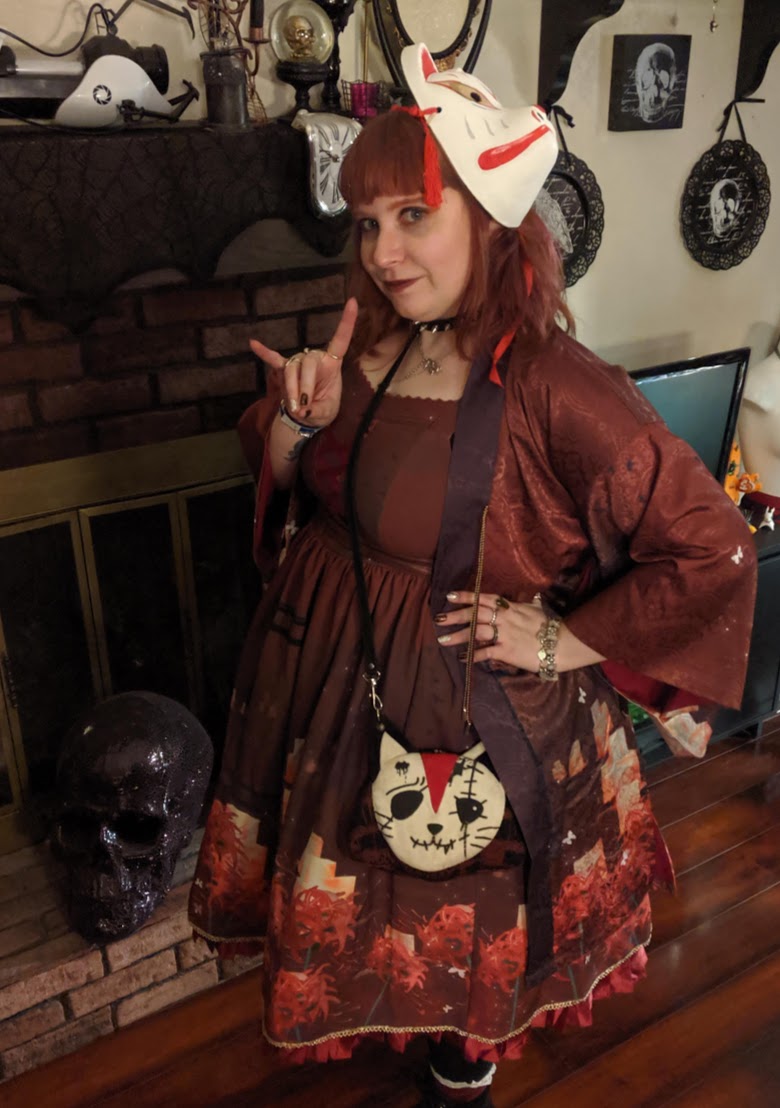
Ken Niimura is a Spanish-Japanese artist who employs a simplified, endearing style to share three stories in this volume of the taboo. Taking inspiration from the Japanese tales he heard as a child, such as Urashima Taro and The Crane Wife, he uses each to dig into the questions he had behind the story. What would happen if you opened a box you were forbidden from? Why do we have the rules that we do? Niimura asks us to look not only at the questions themselves, but the status quo behind them. What results when rules are broken, and is it ever right to question the rules?

If you are unfamiliar with the source material, have no worry. There isn’t any prerequisite; in fact, not knowing them leaves one with the opportunity to dive into another culture’s admonitory legends with open eyes and untarnished perspective. As primarily a novice myself, I quite enjoyed learning them in a straightforward, engaging format which proved accessible, yet deceptively deep and open to interpretation. For those familiar with such folklore already, however, the author’s rendition presents new twists – refreshing the source material from being yet another reiteration. Admirably, the author’s sources are even cited and discussed in the closing words, perfect as a baseline for those wishing to delve deeper.
Surprisingly dark in the way that only innocuous tales can be, Niimura captures the essence of fairy tales perfectly from the oscillating emotions conveyed between hopeful and bleak. While each plot is a separate mechanism, they are connected effectively in theme, style, and content, making for a satisfying anthology.

Niimura’s artwork encapsulates the tone, either matching the whimsy of the story or completely juxtaposing it in a way that emphasizes shock value and enhances the surprise. Much like Grimm’s tales, these stories aren’t all innocently portrayed, either, but provide a literary tool to teach children much needed lessons, harsh as those may be.
The illustrations have a nostalgic quality, echoing back to Sunday comics to relax anybody into appreciating the relatable style. Clean and easy to read, yet expressive, each arc is presented in black, white, and red drawings – perfect to contour real contrast with the sharp use of red (which is a salient, powerful color in East Asian cultures). Left to right format is used in a way that is accessible for those new to graphic novels and manga. Whether reading on your own or with family, Never Open It has the potential to become a reoccurring tradition.

As a break from horror, this collection of folklore was quite enjoyable. It’s easy to read over a sitting or two, easily digestible, yet impactful enough to keep turning it over for some time. If you’d like a way to dive into Japanese fairy tales but don’t know where to start, Never Open It is the perfect place to whet your appetite.
As a graphic novel, The Taboo Trilogy stands out for being accessible to many ages, but still enjoyable to a mature audience. They say one never truly grows out of fairy tales, but rather into them. Never Open It is the perfect example, and one that will offer you a new take on a feeling that you may have been missing from your childhood. If learning more about Japanese culture appeals to you, this collection offers both incentives at once.
For a charming, impactful read, check out Never Open It: The Taboo Trilogy from Yen Press. It’s available on October 19th, perfect for the imaginative side of the Spooky Season. Don’t forget to listen to the cautions you’re presented with. We usually don’t want to find out what happens when we ignore them…
More Manga Reviews
The Consultant (2022) Comic Review – Cosmic Horror in the Office
Indonesian comic creator/artist Azam Raharjo takes a look at the cosmic evil behind a company’s quick rise as their new venture in the restaurant industry sees uncanny success. While the…
God’s Child Manga Review – Nishioka Kyoudai Create a Serial Killer
True crime has become a popular sub-genre that has reached a wide audience of those looking for shock or to better understand the lowest depths of humanity. However, the genre…
Dokumushi (2013) Manga Review- A Rare Case of Charming Mediocrity
There is something about bad media that can be extremely attractive in some cases. Why The Room is still revered while The Exorcist II is panned? This fine line between…
Reading Club- Vol. 1 Manhwa Review – Be Careful What You Read
Reading Club is advertised as the first Korean horror comic for girls. That line alone enticed me enough to pick it up over a decade ago from Udon Entertainment. Many…
Drip Drip (2022) Manga Review – Eruptive Erotic Sanguination
Whenever Mako Higari comes in contact with something she perceives as dirty, she gets a massive nosebleed. Brought on by severe childhood trauma from her mother’s distrust of men and…
Soul Liquid Chambers Manga Review – A Kaleidoscope of Colour and Violence
Every now and then, when I’m browsing for new media to enter my brain hole, I come across a title that has managed to capture my interest by just viewing…

Hello, I’m Quinn. Saying I’m deeply into fashion and Japanese culture is an understatement. We’ve renovated entire rooms of our house to dedicate to my collections of lolita and other Japanese fashions. I enjoy balancing the cute with the macabre, and the more disturbing it is, the more I’ll enjoy it. Thus, my love for Asian horror and manga was born. Thank you for taking the time to read my writings. I look forward to discussing films and aesthethics with you!





